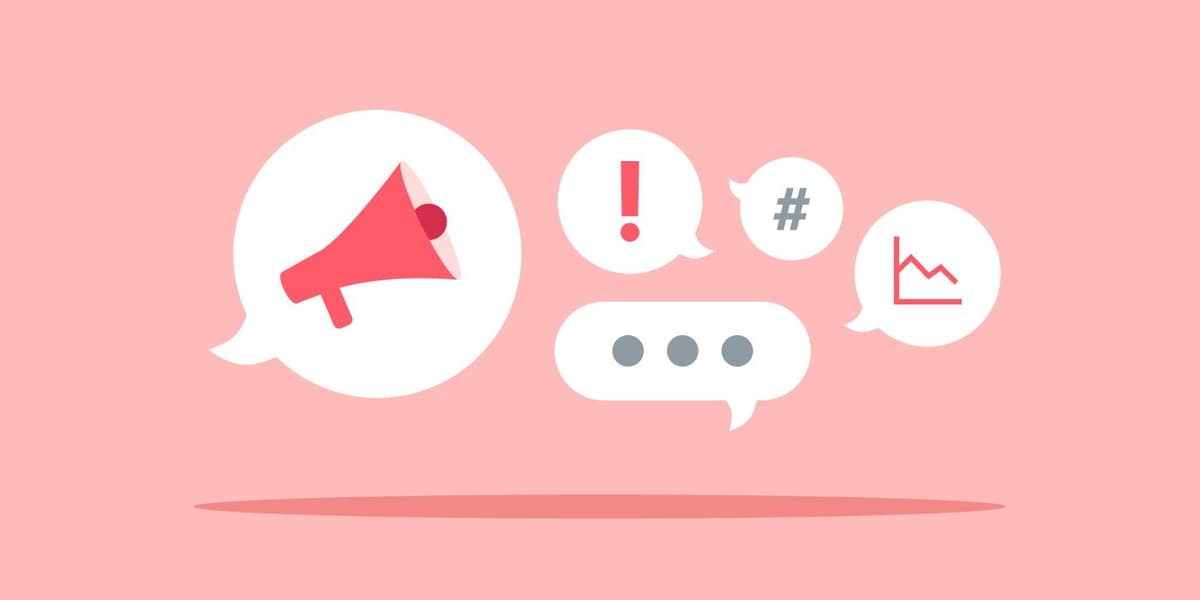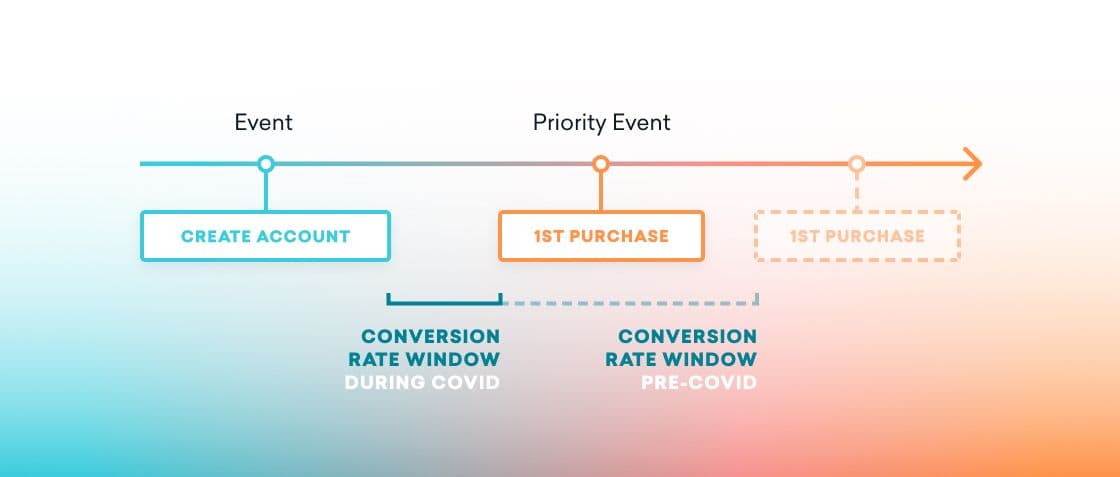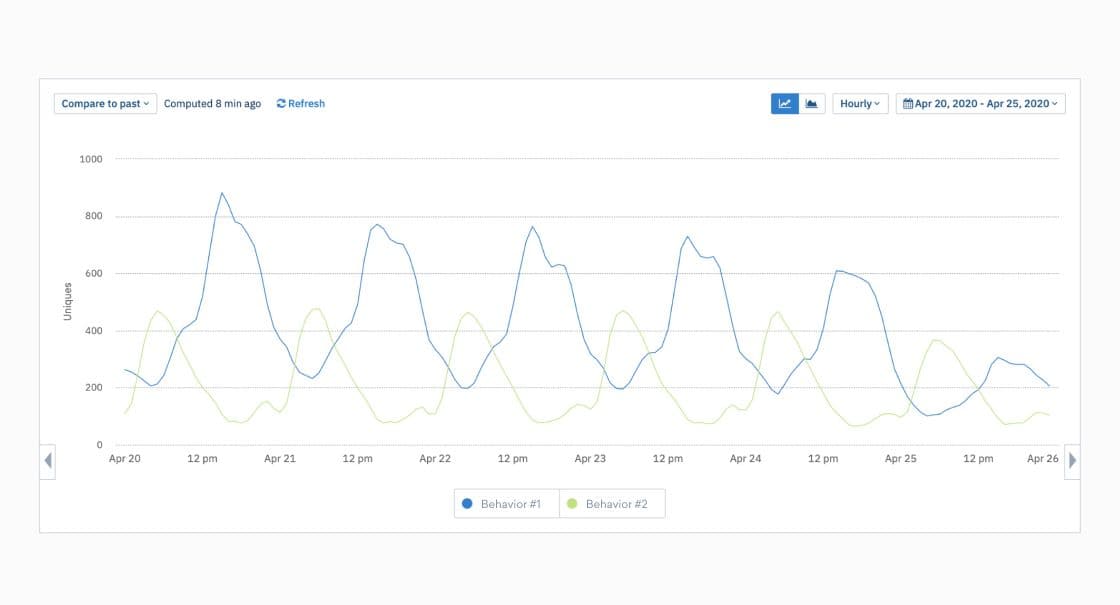What’s Next for Marketing: Responding to a Fast-Changing World
Published on June 08, 2020/Last edited on June 08, 2020/6 min read


Rebecca Nackson
Founder and CEO, Notable GrowthRight now, people around the world are awash in information about the COVID-19 pandemic—but that constant flow of information has done little to calm nerves or help individuals respond to an unprecedented situation. It is difficult to know the proper course of action in our own personal lives, so it’s no wonder that we marketers find ourselves perplexed when it comes to knowing what customers want from us right now. The big question right now is: How can—and should—we speak to them, and what do we have to offer during these challenging times?
One thing is clear: Our pre-coronavirus plans are out the window. And for many of us, this may end up being a good thing. A shake-up of this scale can force marketers to go down a path we should have been following all along—that is, letting go of the “instincts” and “hunches” that drive so much marketing and (say it with me now!) listen to the signal in our data.
We may be in the middle of a crisis, but if marketing as we once knew it is over, we need to be thinking seriously about how to respond and what may be next.
Marketers Draw From the Events Around Them to Tell a Story—And That’s Just as Essential Now
Storytelling has always been an important part of every business’s ability to promote and sell, and even as the profile of a marketer becomes increasingly technical, we must still (and arguably more now than ever) humanize our brand to connect with our audience. That’s why your inbox has been inundated with variations on the same message: “In these unprecedented times, we are here for you.” And as the impact of COVID-19 grows, we must take this opportunity to consistently deliver a more personal brand experience with our users.
As the world around us changes, it’s the marketer’s job to understand the aspects of our product that best fit the current moment and then craft our message in a way that resonates.
When Your Product Hasn’t Changed, but the World Around You Has
Changes in behavior and technology have always brought with them a changing of the guard, but despite the impact of today’s global public health crisis, most of the underlying needs that marketers serve remain intact. Some of us work in industries that must, at least for now, close their doors, but for those of us who are lucky enough to remain open, we must explore the ways in which COVID-19 may be modifying and accelerating our audience’s adoption of digital platforms. (I, for one, never believed my Boomer parents would adopt Zoom, but after a few painful tutorials we, like so many other families have incorporated it into our holiday celebrations.)
The changes we’re seeing to commuting, telehealth, and schooling will have long-lasting consequences and not all their future implications are clear. Moments like the one we’re in require that marketers revisit assumptions about our audience and the value they derive from our product, and if you haven’t been utilizing rapid testing and iteration, now is the time to start.

During this crisis, the brands we work with at Notable have been seeing a number of clear changes in user behavior. In particular, they’ve seen shifts in how quickly customers are performing essential events within the product (for instance, making purchases, starting a trial, becoming a member, etc.), as well as an increase in conversion rates. If this trend continues, it could have larger implications for marketers and their understanding of what “normal” customer behavior looks like, potentially reshaping the ways we all engage and convert users through our marketing efforts.
In the Era of Personalization, “Normal” Is a Dangerous Word
Right now, my LinkedIn feed is full of references to the “new normal,” but in an age when we have unparalleled access to information about our users—and the tools to personalize our outreach accordingly—it’s always best to avoid thinking about your marketing in these kinds of terms. There’s no doubt that the current situation was unimaginable to most of us a few months ago, but this won’t be the last time we witness seismic shifts to our businesses that seemingly emerge overnight. Our ability to weather this and any similar storm in the future will be based on the speed with which we identify changes and the degree to which we can adjust our efforts to meet the challenge presented by our new reality.
Right now, and for the foreseeable future, people will be rethinking the way they spend their time and money. Much research has been conducted on how long it takes to develop habits, and the consensus seems to be somewhere between 21 days to two months. We’re now beyond that timeframe when it comes to the COVID-19 era, and marketers should therefore have more than enough data to drive educated decisions about the way they communicate with their customers.

With Customer Data, Focus on Separating the Signal From the Noise
The best way to prepare yourself for the change that’s coming from within your walls and outside your door is to have the infrastructure in place to detect the signal from the noise. At Notable, we refer to the three T’s: team, tactics, and tooling. As information becomes increasingly accessible, and new technologies emerge to help us interpret and act upon this data, I see too many marketers doubling down on their instincts and maintaining the status quo. This isn’t just inefficient. It also prevents teams from picking up on the signals that an audience is sending through their actions. Though initially subtle, these shifting indicators can quickly grow to be a mandate from your audience that you have a responsibility to address.
When you’re thinking about a data-driven strategy, the first step is to distinguish the data you can act upon from the entire pool of data that you’re collecting. I’d recommend scheduling some time to explore how you can shore up that data, but the first step is to make use of the data that you already have at your fingertips today. If you’re feeling at all paralyzed or overwhelmed by the current situation, then this is not merely an opportunity, but rather a mandate to get your data into a place that demands action. If there ever was a time to question/doubt your instincts, it is now!
Related Tags
Be Absolutely Engaging.™
Sign up for regular updates from Braze.
Related Content
View the Blog
The new inbox reality: How iOS changes are reshaping email marketing

Aparna Prasad

Experience optimization: Turning data insights into better journeys

Team Braze

December 2025 Bonfire Marketer of the Month: Jagex’s Emma Oliver
